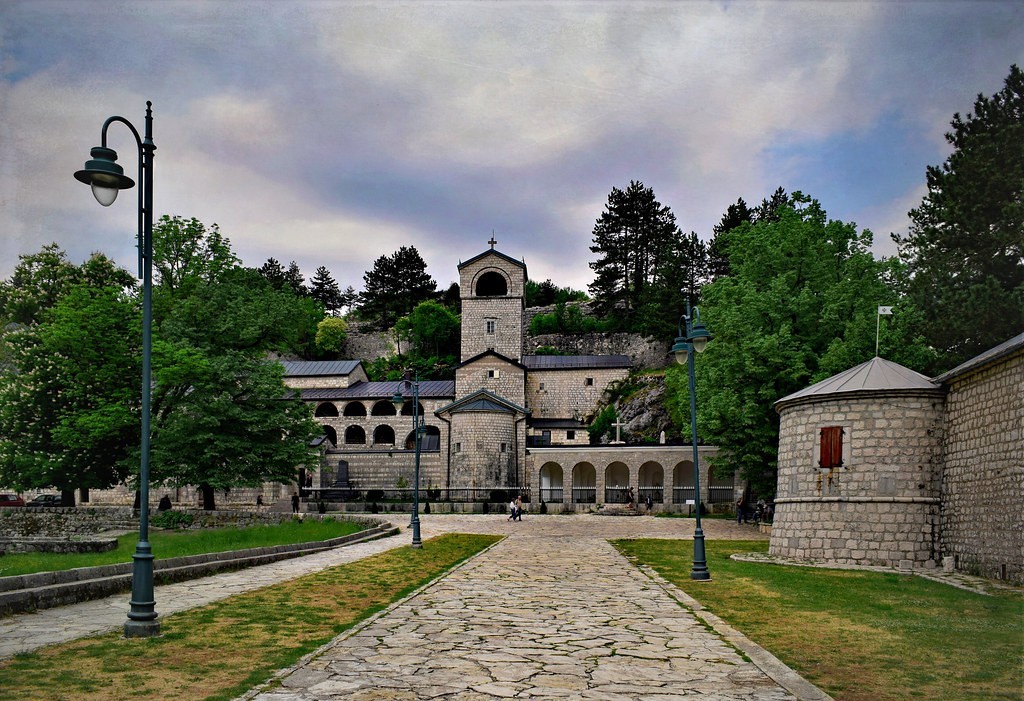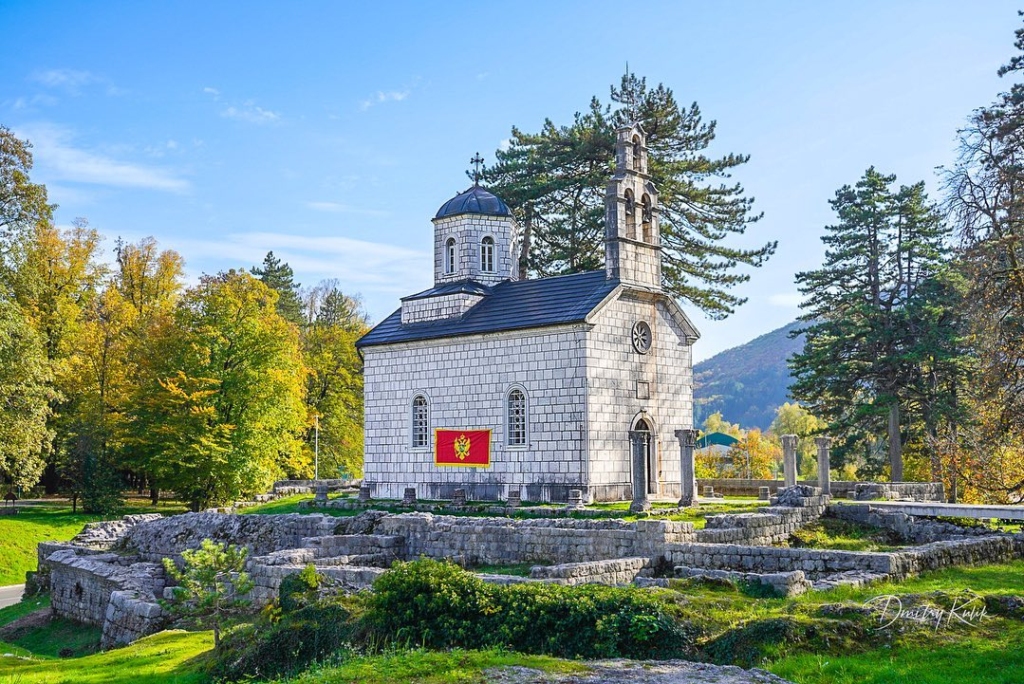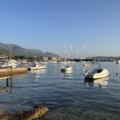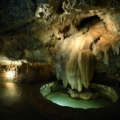The Cetinje Monastery, located in the lovely town of Cetinje, Montenegro, captivates history aficionados, architecture enthusiasts, and the spiritually oriented. Join us in this article as we delve into the monastery’s historical significance, idyllic location, compelling reasons to visit, profound impact on the local community, must-know planning tips, and the magnificent treasures that await discovery within its sacred walls.
History of Cetinje Monastery
Cetinje Monastery is one of Montenegro’s oldest and most prominent monasteries, dating back to the 15th century. Throughout its history, the Cetinje Monastery has played an important role in Montenegro’s fate, witnessing many events that have impacted the country’s future.
Did you know that the monastery continues to be a place of pilgrimage, especially on feast days such as May 12th (St. Petar of Cetinje), drawing thousands of faithful each year?
The Cetinje Monastery is a wonderful witness to Montenegro’s cultural and religious heritage, with a fascinating history spanning centuries. Established in the late 15th century by Ivan Crnojević, lord of Zeta, this respected institution has been a spiritual and cultural magnet for Montenegrins since its establishment. Unfortunately, it was destroyed during the savage 1692 assault commanded by Suleyman Pasha Bushatlija.
However, undeterred by adversity, the monastery persevered through cycles of devastation and reconstruction, steadfastly safeguarding Montenegro’s cultural heritage within its walls. Within its hallowed confines, a wealth of holy relics, liturgical articles, and cultural artifacts are preserved. Originally constructed in 1484, the monastery was meticulously rebuilt in 1701 and has since been the abode of the Zeta Metropolitanate. Despite the challenges it has faced over the ages, the monastery has steadfastly embodied Montenegrin spirituality, resilience, and enlightenment.
The monastery was also home to the first printing house in southern Slavs and the first primary school in Montenegro. The Cetinje Monastery has also served as a mausoleum for the Petrović dynasty, and Prince Danilo and his family are buried here.
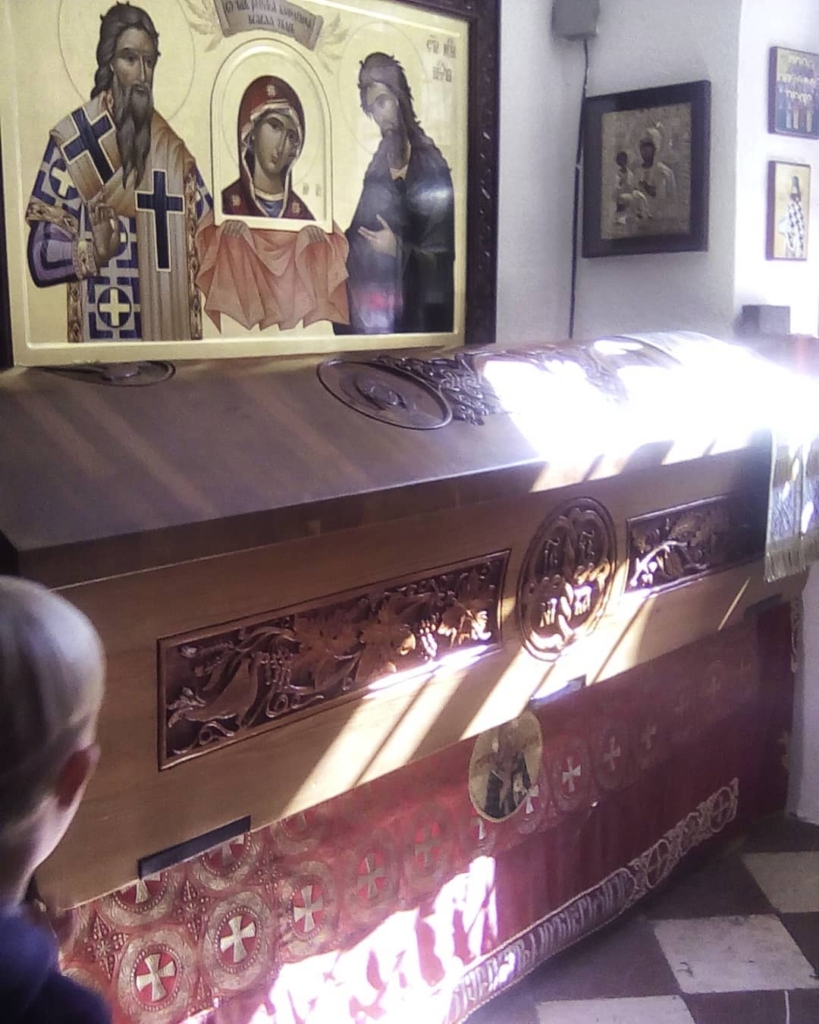
Location of Cetinje Monastery
The Cetinje Monastery is located in the town of Cetinje, which was once the capital of Montenegro. The town is known for its charming, traditional architecture and cultural significance. The monastery is easily accessible by public transport or on foot.
Did you know that King Nikola of Montenegro was educated at this monastery, which also functioned as a center of learning and literacy in the 19th century?
Read Also: Ultimate Guide to Cetinje
Reasons to Visit Cetinje Monastery
The Cetinje Monastery is a beautiful example of Orthodox architecture, with its white walls and red roofs standing out in the town’s landscape. The interiors of the monastery are also worth exploring, with beautiful frescoes and paintings that date back to the 18th century. The monastery is a peaceful and serene place that offers visitors a glimpse into the country’s religious and cultural heritage.
The Cetinje Monastery’s cathedral features a beautiful iconostasis carved entirely from a tree. According to certain reports, the icons on the iconostasis were painted by Corfu-based Nicholas Aspioti and Macedonian Ginowski brothers. It’s worth mentioning that, despite some confusion, the church is not dedicated to St. Peter Cetinski, who is depicted on the altar.
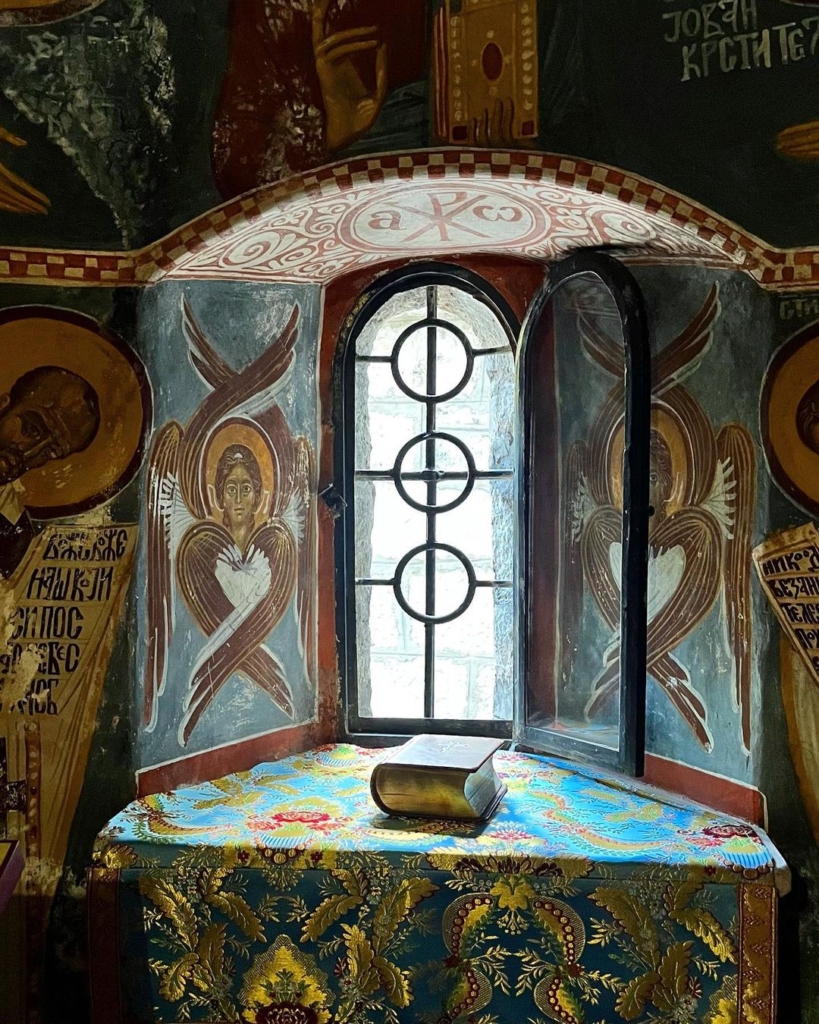
The church is also the ultimate resting place of Montenegrin Prince Daniil I Petrovic-Njegos and his brother, Governor Mirko, who was renowned as “the sword of Montenegro” due to his triumphs over the Turks. Furthermore, the cell of St. Peter of Cetinje is well maintained at the Cetinski Monastery, which also houses a fragment of St. Theodore Stratelates’ relics.
Additionally, the monastery houses several holy relics that are of great significance to the local Orthodox community, including the right hand of St. John the Baptist, which was used to baptize Jesus in the River Jordan, and pieces of the cross on which Jesus was crucified.
The hand of St. John the Baptist has a long history, having survived wars and revolutions and passing through the hands of many powerful leaders, including Byzantine emperors, Ottoman sultans, the Knights Hospitaller, Russian tsars, and Serbian kings. Because of its importance, it is only rarely displayed for veneration. However, the hand is not a particularly appealing sight, so visitors who miss it need not be too disappointed.
Did you know that the monastery also preserves a particle of the True Cross, as well as relics of St. Peter of Cetinje, the monastery’s founder and Montenegro’s patron saint?
Access to the monastery treasury typically requires an additional fee and is primarily available for group visits. Once inside, visitors are treated to a treasure trove of captivating objects, although they may feel hurriedly guided through the rooms by an eager monk. Among the remarkable treasures on display are vestments adorned with shimmering jewels, ancient handwritten manuscripts, exquisite icons such as the enchanting Syrian Madonna and Child, and a copy of the 1494 Oktoih (Book of the Eight Voices), the first Serbian book ever printed. Notably, the crown of Stefan Uroš III Dečanski, a 14th-century Serbian king who was deposed by his own son, met a tragic end and was eventually canonized as a Serbian saint, graces the collection. This regal crown bedecked with pearls, precious gemstones, and invaluable Byzantine-style enamels, radiates a sense of opulence and historical significance.
Interested in exploring the spiritual and historical tapestry of Montenegro? Don’t miss this comprehensive guide on the Top Ten Monasteries and Churches to Visit in Montenegro. From the gravity-defying Ostrog Monastery to the serene Savina Monastery overlooking the Bay of Kotor, this blog post is a treasure trove for anyone intrigued by the intersections of spirituality, culture, and architecture.
Local Importance of Cetinje Monastery
The Cetinje Monastery is a significant religious site in Montenegro, serving as a symbol of the country’s national identity and cultural heritage. The monastery has played an important role in Montenegrin history, serving as a center of culture and education during the Ottoman Empire’s rule.
Read Also: Visiting Lipa Cave
How to Visit Cetinje Monastery
The Cetinje Monastery welcomes tourists every day, with free entrance. Visitors entering the monastery must dress modestly, with shoulders and knees covered and women wearing a headscarf and skirt. However, if tourists arrive without appropriate apparel, the monastery offers free rental services. Women are not required to cover their heads inside the monastery, and lit candles are kept on a special tray in the courtyard. Visitors may have to wait for a group to see the relics, but there is a church shop where they may buy candles, icons, talismans, and souvenirs. Photography is prohibited within the church.
Conclusion
The Cetinje Monastery is a beautiful and important religious site in Montenegro, offering visitors a glimpse into the country’s rich cultural heritage. With its charming location in the town of Cetinje, impressive Orthodox architecture, and wealth of treasures, the monastery is a peaceful and serene place that should not be missed by anyone visiting Montenegro.

